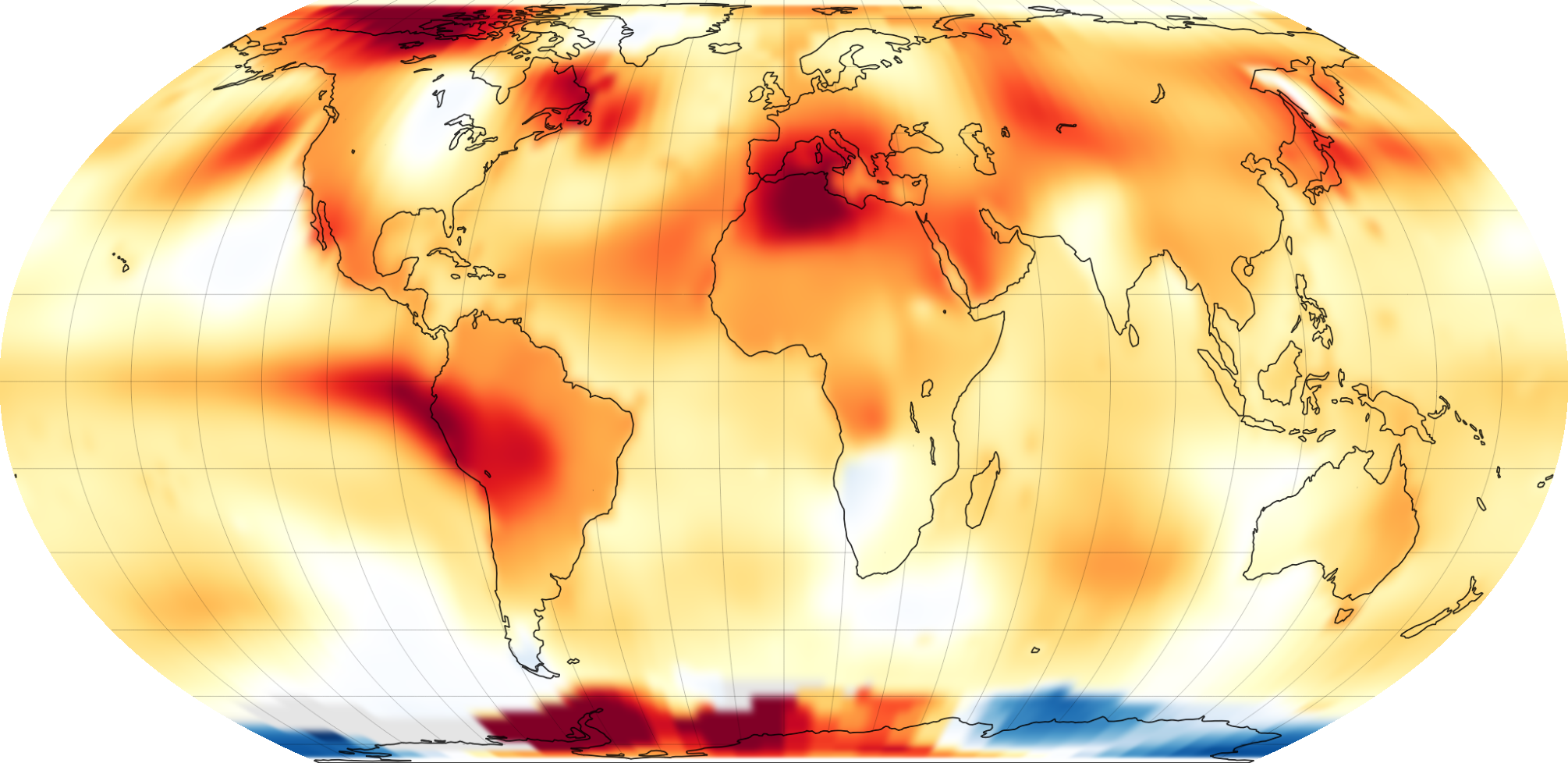
The Shift in Global Climate Leadership
When the U.S. government announced its withdrawal from the Paris climate agreement for the second time, it raised concerns about the global fight against climate change and the country's influence on the world stage. This move sparked a question: who would step up to fill the leadership gap left behind?
As an expert in global environmental politics, I have observed how the dynamics of international climate negotiations continue to evolve. While the long-term effects of the U.S. political shift are still unfolding, there are clear signs that new leaders are emerging to take on the challenge.
The U.S. Withdrawal and Its Impact
The U.S. first joined the Paris Agreement in 2015 during a joint announcement by President Barack Obama and China’s Xi Jinping. At that time, the U.S. committed to reducing greenhouse gas emissions by 26% to 28% below 2005 levels by 2025 and pledged financial support for developing countries. However, the U.S. has only managed to cut emissions by 17.2% below 2005 levels, falling short of the target.
In 2017, President Donald Trump announced the U.S. withdrawal from the treaty, citing economic concerns and the belief that it was unfair since China, the world’s largest emitter, was not expected to start reducing emissions for several years. This decision was met with criticism from scientists, politicians, and business leaders who called it “shortsighted” and “reckless.”
Despite the withdrawal, the Paris Agreement remained intact. American companies like Apple, Google, Microsoft, and Tesla made their own commitments to meet the agreement’s goals. States such as Hawaii passed legislation to align with the agreement, and a coalition of U.S. cities and states formed the United States Climate Alliance to continue working on climate change.
Globally, leaders from Italy, Germany, and France rejected the idea of renegotiating the agreement. Others from Japan, Canada, Australia, and New Zealand reaffirmed their support. In 2020, President Joe Biden brought the U.S. back into the agreement.
New Leaders Rising to the Challenge
With the U.S. pulling out again and taking steps to eliminate climate policies, other countries are stepping up their efforts. On July 24, 2025, China and the European Union issued a joint statement pledging to strengthen their climate targets and meet them. They referred to the current international situation, emphasizing that major economies must address climate change.
The flexibility of the Paris Agreement allows it to survive the withdrawal of a single member without immediate sanctions or rendering others' actions obsolete. The agreement has shown resilience through past challenges and continues to thrive despite the U.S. withdrawal.
Emerging Power Blocs and Leadership
One group gaining significant influence in climate negotiations is the Like-Minded Group of Developing Countries, which includes China, India, Bolivia, and Venezuela. These countries are pushing the developed world to meet its commitments to cut emissions and provide financial aid to poorer nations.
China, driven by economic and political factors, is filling the climate power vacuum created by the U.S. exit. In 2017, China expressed disappointment over the first U.S. withdrawal but maintained its commitments and pledged more climate finance than the U.S. had offered.
This time around, China is leveraging its leadership on climate change to gain influence and economic power. Through initiatives like the Belt and Road, China is expanding renewable energy exports and development in other countries, such as investing in solar power in Egypt and wind energy in Ethiopia.
While China remains the world’s largest coal consumer, it has aggressively invested in renewable energy at home, including solar, wind, and electrification. In 2024, about half of the renewable energy capacity built worldwide was in China.
Other Nations Stepping Up
The British government has also increased its climate commitments, aiming to become a clean energy superpower. In 2025, it pledged to cut emissions by 77% by 2035 compared to 1990 levels. The pledge is more transparent and specific, detailing how sectors like power, transportation, construction, and agriculture will reduce emissions. It also includes stronger commitments to support developing countries.
Corporate leadership in the U.S. is showing resilience. Despite federal support for renewable energy being reduced, many American companies continue their green initiatives. The “America’s Climate Leader List” includes about 500 large companies that have reduced their carbon intensity by 3% from the previous year.
What to Watch at the 2025 Climate Talks
The Paris Agreement is here to stay, thanks to its design allowing each country to set its own goals. The challenge now is whether developed and developing countries can balance economic growth with ecological sustainability without compromising their climate leadership.
The upcoming U.N. climate conference in Brazil, COP30, will be crucial in determining how countries plan to move forward and who will lead the way. As the U.S. steps back, the world looks to new leaders to shape the future of global climate action.
